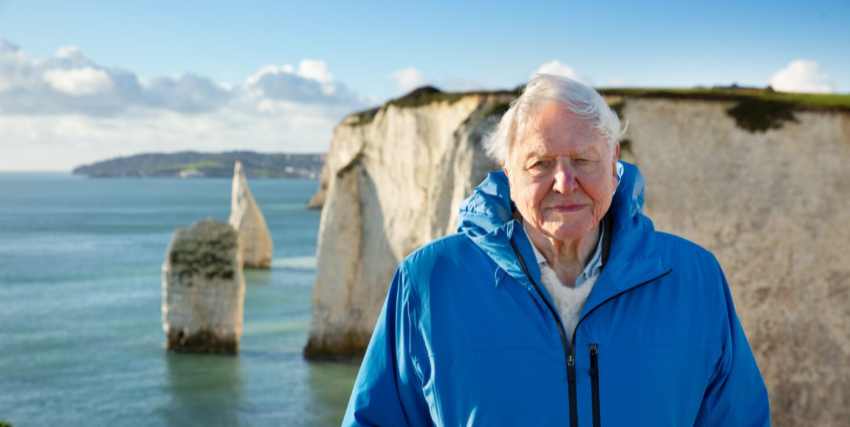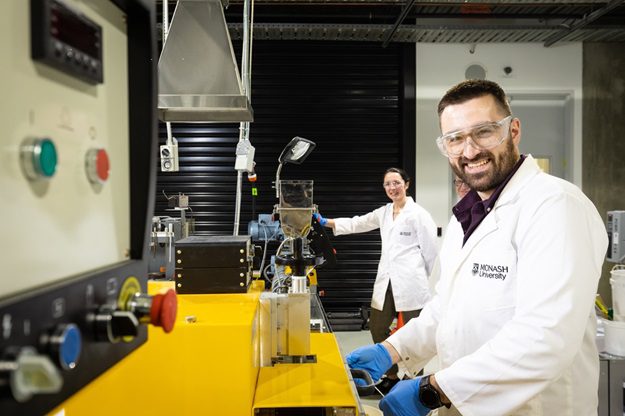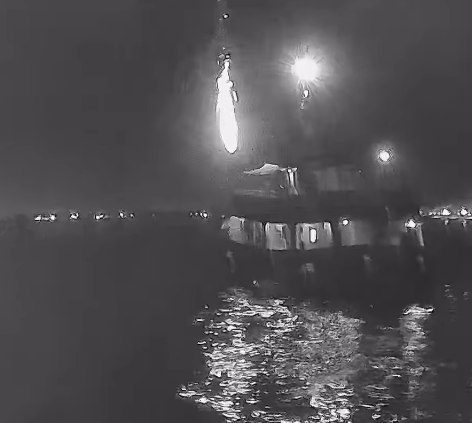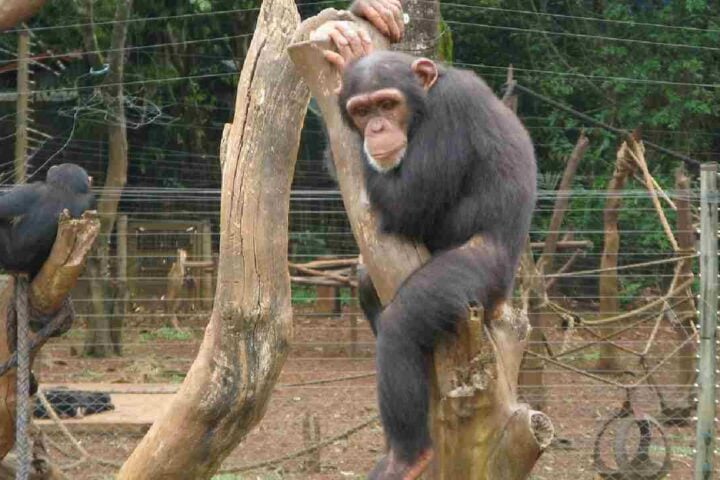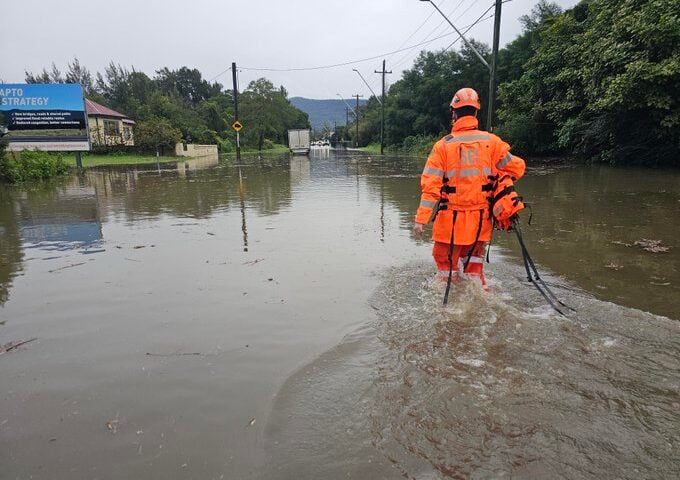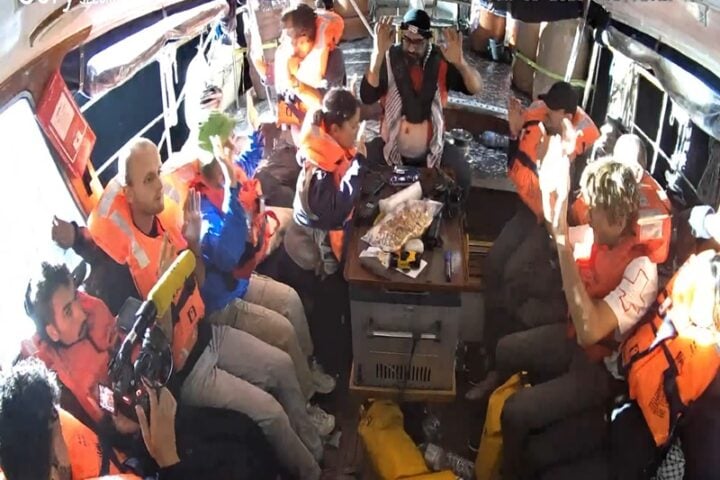At 99 years old, Sir David Attenborough isn’t slowing down—he’s speaking up louder than ever. In his powerful new documentary “Ocean with David Attenborough”, releasing globally in theaters on May 8, 2025, the legendary naturalist delivers what he calls his “greatest message of hope” for our planet’s most vital ecosystem.
“My lifetime has coincided with the great age of ocean discovery,” Attenborough says in the film. “Over the last hundred years, scientists and explorers have revealed remarkable new species, epic migrations and dazzling, complex ecosystems beyond anything I could have imagined as a young man.” Silverback Films
A Film with Purpose
This stunning cinematic journey isn’t just another beautiful nature documentary. Created by Silverback Films and Open Planet Studios, it strategically arrives at a crucial moment for marine conservation. The release is timed ahead of World Ocean Day and June’s United Nations Ocean Conference 2025 in Nice, France—exactly when world leaders will be deciding the fate of our oceans and determining how to implement the goal of protecting 30% of oceans by 2030. Marine Industry News
The film’s unflinching approach marks a shift for Attenborough, who doesn’t shy away from showing the brutal reality of marine destruction. Through breathtaking underwater cinematography, viewers witness both the wonders and wounds of our oceans—from vibrant coral reefs and kelp forests to the devastating impacts of destructive fishing methods and mass coral bleaching.
The Bottom Trawling Crisis
One of the film’s most striking segments tackles bottom trawling—a fishing practice where heavy nets scrape across the ocean floor. The environmental toll is staggering. Bottom trawling accounts for over a quarter of fishery catches worldwide, but the practice is so destructive that it leaves scars visible in satellite imagery, overturning boulders and scouring sediments that can take centuries to recover. National Geographic
The climate impact is equally alarming. A landmark study published in Frontiers in Marine Science found that bottom trawling releases up to 370 million metric tons of carbon dioxide into the atmosphere annually, with 55–60% of the carbon produced underwater making its way into the atmosphere within nine years.
This is no small number. These emissions are comparable to those produced by the global aviation industry, which releases about 900 million metric tons of CO₂ yearly according to marine scientists and climate experts.
Funding Ocean Protection
The film also highlights a concerning disparity in conservation funding. Of the $811 billion donated worldwide to charitable causes, only 0.3% (about $0.9 billion) goes to ocean conservation, despite oceans covering 70% of Earth’s surface. Marine Industry News Meanwhile, 90% of fish stocks are overfished or exploited, and sea-bed trawling destroys vital ecosystems equivalent to the size of the UK each year. Mby
Stories of Recovery and Hope
Despite these sobering realities, Attenborough’s message remains one of hope, showcasing inspiring examples of marine recovery when protection is put in place.
One success story comes from Scotland’s Isle of Arran. After years of advocacy by local divers Howard Wood and Don MacNeish who founded the Community of Arran Seabed Trust (COAST) in 1995, the first community-led No Take Zone was established in Lamlash Bay in 2008. By 2014, their efforts led to the South Arran Marine Protected Area, covering approximately 280 square kilometers. Sealivesgallery
The results have been remarkable. Research by the University of York has documented significant recovery of marine life, including shellfish species important to local fishing fleets, demonstrating the power of well-managed marine reserves for both biodiversity and fisheries.
Another success story comes from Hawaii. The Papahānaumokuākea Marine National Monument, created in June 2006 and expanded in 2016, now encompasses 583,000 square miles of ocean waters. This World Heritage-listed protected area supports 7,000 species, one quarter of which are found nowhere else on Earth. Pacificans
The Climate Connection
The film connects ocean health directly to climate stability. The ocean floor is the world’s single largest carbon stock, storing unmineralized organic carbon that can remain buried in marine sediments for millennia. When bottom trawlers scrape across the ocean floor, they disturb this buried carbon, releasing it into the ocean and eventually the atmosphere. envirobites
Studies reveal that protecting key areas of the ocean could make a significant difference. Limiting the spatial extent of bottom-trawling by excluding it from protected areas is key to mitigating carbon emissions, while protecting high blue carbon marine habitats like kelp forests and seagrass meadows from disturbance safeguards their ability to capture and store carbon.
The Path Forward
Attenborough’s ultimate message is clear—we have both the knowledge and opportunity to restore our oceans to health, but we must act now.
“This could be the moment of change,” Attenborough says. “Nearly every country on Earth has just agreed, on paper, to achieve this bare minimum and protect a third of the ocean. Together, we now face the challenge of making it happen.” Silverback Films
The film makes the case that protecting marine ecosystems isn’t just about preserving beautiful underwater vistas—it’s about ensuring food security, sustainable livelihoods, carbon sequestration, and the very stability of our climate system.
Global Cinema Event
“Ocean with David Attenborough” will premiere as a global cinema event starting May 8, 2025—coinciding with Attenborough’s 99th birthday. Audiences worldwide are invited to experience Attenborough’s untold story of the ocean on the big screen, with tickets now on sale across the UK, Ireland, and 25 other countries. Bluemarinefoundation
There’s also a companion book titled “Ocean: Earth’s Last Wilderness,” written by Attenborough himself, that accompanies the film’s release. Firstshowing
The film will later be available globally on National Geographic, Disney+ and Hulu.
A Legacy of Action
For Attenborough, this film represents the culmination of seven decades documenting the natural world. He has witnessed firsthand the ocean’s decline but refuses to surrender to despair. Instead, he offers this powerful testament to what’s possible if we commit to ocean protection.
The message is ultimately optimistic: Attenborough points to inspirational stories from around the world to deliver his greatest message: “the ocean can recover to a glory beyond anything anyone alive has ever seen.” Bluemarinefoundation
With Attenborough’s guidance, we’re reminded that humanity’s relationship with the ocean isn’t just about what we’ve taken—it’s about what we can give back, and what the sea can restore when given the chance to heal.
